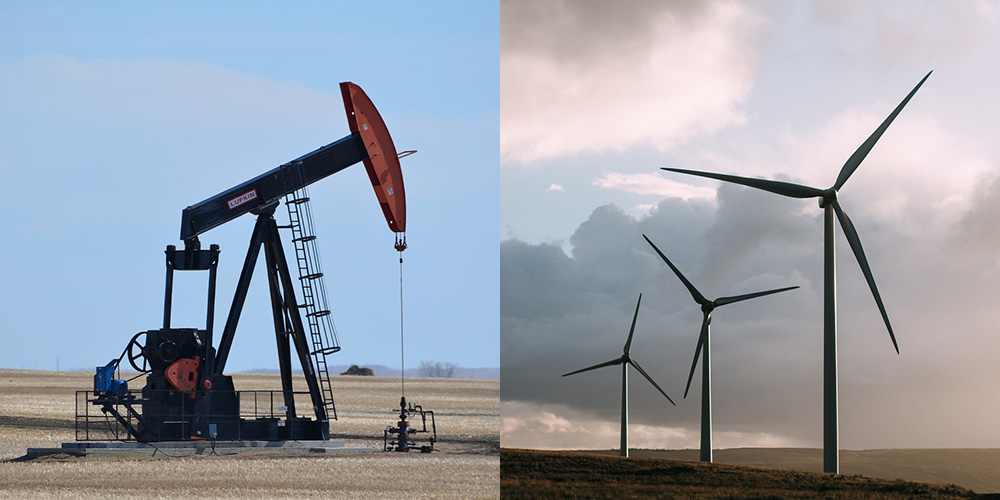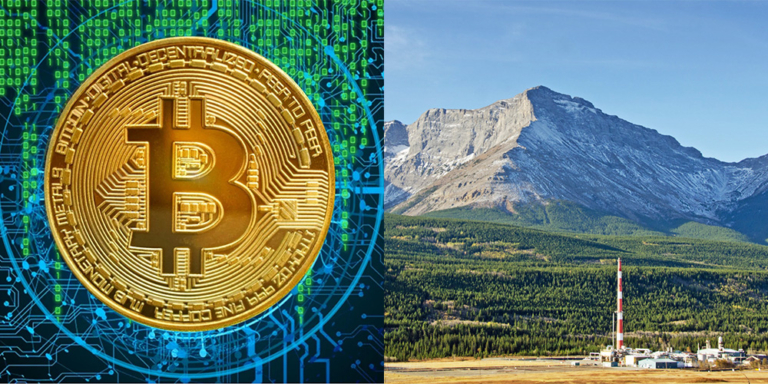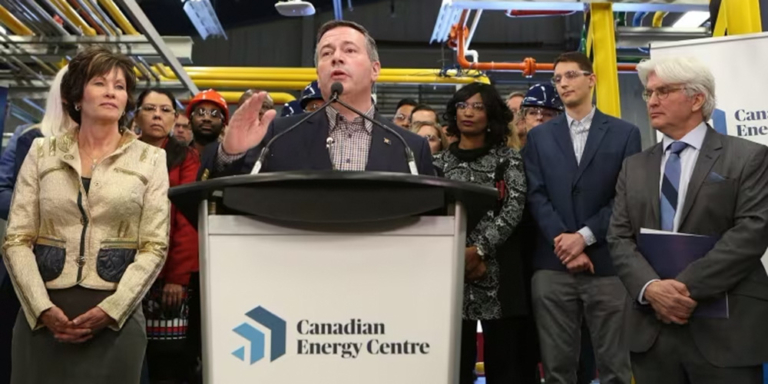Have our leaders sabotaged Alberta’s future as an energy leader?
Many experts think so.

Premier Smith’s decision to impose a seven-month moratorium on new renewable energy projects has raised significant concerns about the future of renewable energy in the province.
What was initially framed as a necessary pause for an ‘overburdened regulator and a ‘concerned public’ has become just one offkey note in the Premier’s recent songbook against renewables.
Experts see the moratorium as a potential setback that could cost Alberta its leadership position in Canada in the renewable energy sector, especially if it is extended beyond February.
Sara Hastings-Simon of the University of Calgary’s School of Public Policy emphasized the impact of the moratorium on investment, stating that it could negatively impact Alberta’s ability to attract capital investment.
This concern is highlighted by Alberta’s recent record growth in renewables; the Business Renewable Centre had projected $3.7 billion in construction and over 4,500 jobs by the end of 2023.
But that projection happened before the government paused approvals of new projects.
The fact that the renewable ‘pause’ was also done without any consultation with the renewables industry has many investors worried that their future projects could be put on hold at any time at the whim of the government or its leader.
Not good for investor confidence.
The moratorium is not the only recent action that is raising concerns about the current provincial government’s willingness to support a transition to renewable energy.
Premier Smith’s ongoing public comments showing skepticism about renewable energy aren’t helping.
Her reference to renewable as a “fantasy,” her clear preference for natural gas-fired power, and her uninformed but antagonistic comments at the Pembina Climate Summit have further undermined confidence in Alberta’s renewable sector.
Premier Smith’s high profile, expensive junket to COP28 in Dubai in early December didn’t help to promote foreign investment in Alberta’s alternate ‘green energy’ schemes.
The Premier–and her chosen 100-person Alberta delegation–were seen as promoting various fossil fuel technologies under the guise of green energy—things like carbon capture of gas-fired electricity plants and new blue hydrogen technology.
Little was said at COP28 to promote wind and solar investment in Alberta.
That’s why Alberta received the dubious honour of the “Fossil of the Day” award from the Climate Action Network for aggressive efforts at promoting fossil fuels.
Inventors are taking note
While Alberta’s abundant sun and wind resources and open-entry electricity market remain strong motivators to power investment in renewables, the uncertainty and perceived instability caused by the moratorium have not gone unnoticed by investors globally.
Claude Mindorff of PACE Canada highlighted underlying agendas like the Alberta government’s preferential oil and gas treatment, a sentiment many in the industry echoed.
Tim Weis from the University of Alberta’s engineering faculty notes that regulatory uncertainty could persist even after the moratorium ends, potentially delaying the return to normalcy in the renewables sector.
Josh Aldrich, a spokesperson for Alberta’s Ministry of Affordability and Utilities, has defended the province’s move, pointing to the growing number of projects in the approvals queue as an indication of continued investor confidence.
Are Renewables Impacts Being Overstated?
Loss of Farmland: Despite the government’s concerns about land use and the visual impacts of renewable energy projects, studies commissioned by the Alberta Utilities Commission and others have shown that renewable sites can coexist with farming activities.
Abandoned Sites: Renewable industry leaders argue that they are already accounting for decommissioning and remediation costs in their budgets. They question the necessity of the sudden moratorium, pointing out the double standards where oil and gas wells have been abandoned across the province with little to no remediation.


Will Alberta Be Left in the Dust?
Meanwhile, other Canadian provinces like Nova Scotia, Ontario, Quebec, and British Columbia are prioritizing renewable energy, as is Ottawa. Each is trying to attract a significant US market eager for investment.
The potential increase in costs due to new regulatory requirements and competition for resources could also challenge the economic viability of new renewable projects in Alberta.
With the combination of the obvious lack of interest by the Alberta government in Alberta’s massive potential for renewables and its unequal treatment of the renewables sector, it is no wonder that investors are shying away from investing in renewable projects in Alberta.
So much for the “Alberta Advantage.”
And we’ll all suffer the impact of this rear-view mirror thinking.








